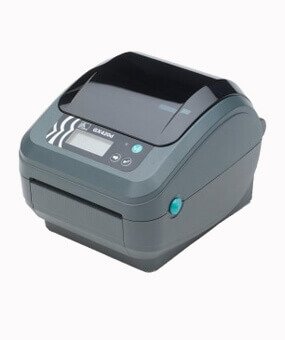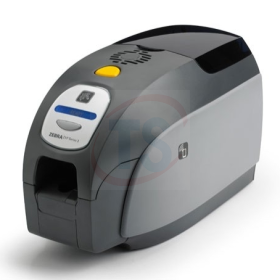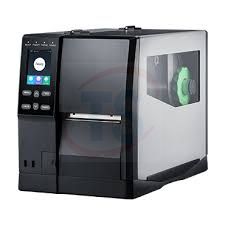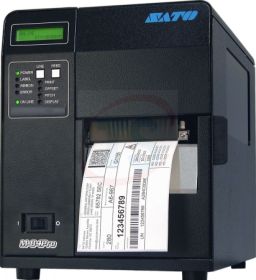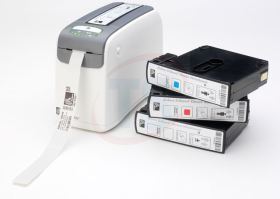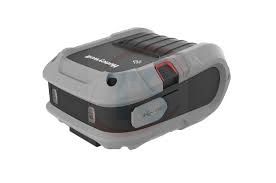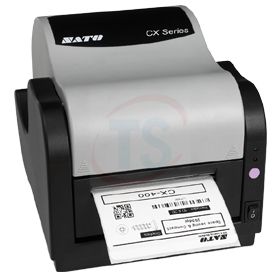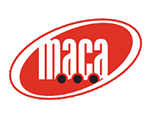Understanding Label Printing Technologies
Choosing the appropriate label printer requires a thorough understanding of the available technologies, each offering distinct advantages suited to specific applications.
Thermal Printing
Thermal printing is renowned for its speed and precision, making it ideal for high-volume environments. There are two primary types:
Direct Thermal Printing:
This method utilises heat-sensitive paper to produce images without the need for ink or toner. It’s best suited for short-term applications like shipping labels.
It’s particularly valued for its simplicity and cost-effectiveness.
Key Advantages:
-
- Operational Efficiency: With fewer consumables and mechanical components, direct thermal printers are generally more compact, easier to operate, and have lower maintenance requirements.
- High-Quality Output: Capable of producing clear and scannable images, making them ideal for applications like shipping labels, receipts, and tickets.
Thermal Transfer Printing:
Employing a heated ribbon to transfer ink onto labels, this technique results in durable, long-lasting prints. It’s preferred for applications requiring longevity and resistance to environmental factors.
Key Advantages:
-
- Enhanced Durability: Produces labels that are resistant to heat, moisture, chemicals, and abrasion, making them suitable for long-term applications and harsh environments.
- Material Versatility: Compatible with a wide range of label materials, including paper, polyester, and polypropylene, allowing for customisation to meet specific requirements.
- Superior Print Quality: Delivers sharp, high-resolution images and barcodes, essential for product labelling and asset tracking.
RFID Label Printing:
RFID (Radio Frequency Identification) label printers combine printing and encoding capabilities, enabling businesses to produce smart labels that ensure real-time tracking and automation. These printers are essential for industries requiring enhanced visibility and efficiency, such as logistics, healthcare, and manufacturing.
Key Advantages:
-
- Simultaneous Printing and Encoding: RFID printers can print human-readable information and encode data onto RFID tags in one seamless process, streamlining operations.
- Enhanced Inventory Management: By enabling bulk scanning without line-of-sight, RFID labels significantly reduce manual labor and errors in inventory tracking.
- Durability and Reliability: RFID labels are designed to withstand harsh environments, making them suitable for applications that demand resilience.
- Integration with Existing Systems: Modern RFID printers are compatible with various software solutions, allowing for easy integration into current workflows.
Understanding these technologies enables businesses to choose the most suitable printing method, ensuring labels meet both operational demands and environmental conditions.
The Importance of Choosing the Right Label Printer
Labels do more than display information. They ensure compliance, improve inventory management, and help businesses maintain efficiency. The right thermal shipping label printer or RFID label printer produces clear, durable labels that withstand handling and environmental conditions. Unlike traditional laser printing, printing sticker labels with specialised label printers is more cost-effective and scalable, allowing businesses to print on demand.
From desktop to mid-range to industrial printers, selecting the right model depends on print volume, durability needs, and connectivity preferences. Options include USB, Ethernet, Serial, and Bluetooth printers, ensuring compatibility with various business environments.

